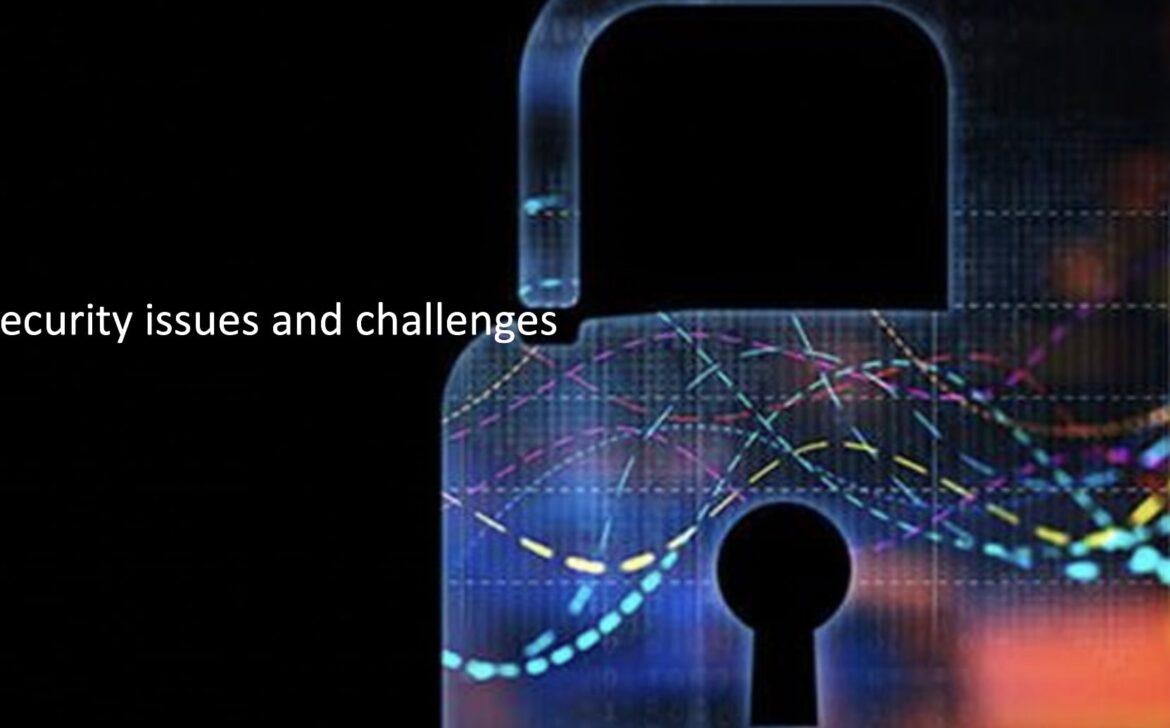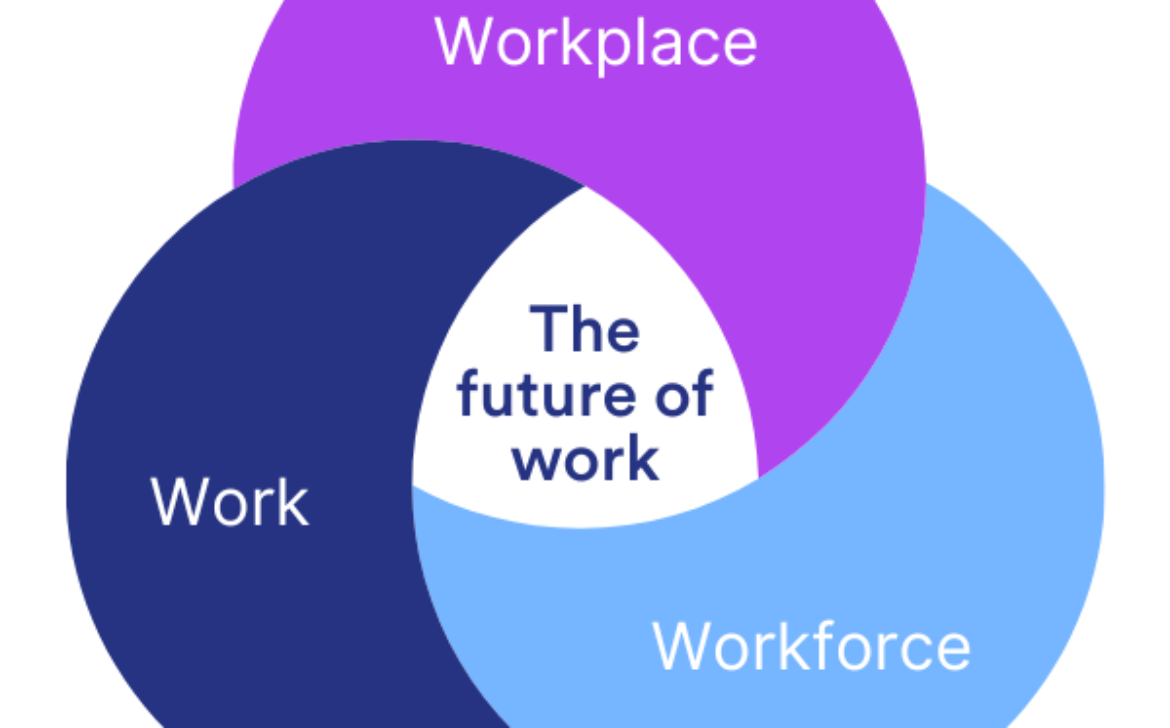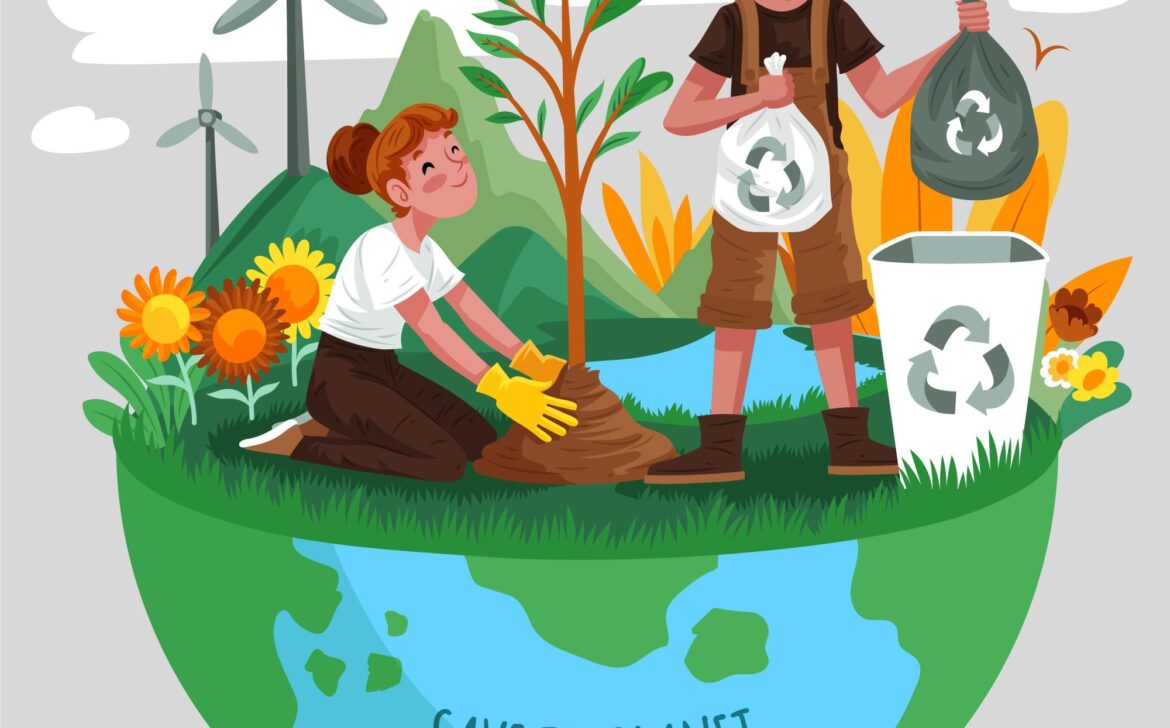The Dark Side of IoT: Navigating Security and Privacy Challenges
In a world wired with innovation, the Internet of Things (IoT) promises convenience and efficiency. But beneath its glossy surface lie lurking shadows – security and privacy concerns that demand our attention.
Connected Everywhere:
IoT devices surround us, from smart thermostats to wearable health trackers. Convenience comes at a cost – every device potentially becomes a doorway for cyberattacks.
Security at Stake:
IoT devices often prioritize functionality over security, making them vulnerable targets. Weak passwords and outdated software create openings for hackers.
Home Invasion:
Your smart home might inadvertently share more than you intended. Hackers accessing cameras and microphones blur the lines between personal space and intrusion.
Data Deluge:
IoT collects vast amounts of personal data. Without proper safeguards, this data can be sold, misused, or held hostage in ransomware attacks.
Vulnerable Workplaces:
Businesses embrace IoT for streamlined operations, yet interconnected devices can cascade vulnerabilities across an entire network.
Citywide Pitfalls:
Smart cities promise efficiency, but interconnected infrastructure invites widespread chaos if compromised. Traffic lights, power grids – all at risk.
Privacy Pendulum:
IoT swings the privacy pendulum – revealing insights into our lives. From sleep patterns to daily routines, our data becomes a commodity.
Regulation Lag:
Rapid IoT growth outpaces regulatory frameworks. Striking a balance between innovation and safeguarding user data is a daunting task.
Bridging the Gap:
IoT manufacturers must prioritize security measures. Regular updates, strong encryption, and user-friendly security controls are vital.
User Awareness:
Education empowers users. Understanding default settings, managing permissions, and knowing data rights build a shield against potential threats.
The Path Forward:
Embracing IoT cautiously, with eyes open to potential risks, is key. Innovation should be tempered with security, and convenience with privacy.
In the interconnected web of IoT, darkness and light coexist. Vigilance against threats can help us navigate the challenges and fully embrace the promise of a connected future.










